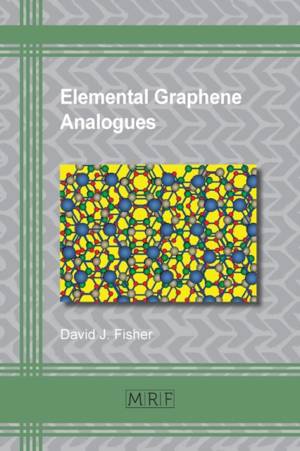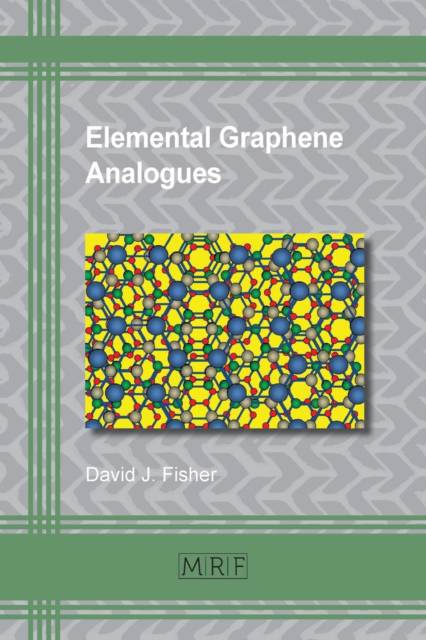
- Retrait gratuit dans votre magasin Club
- 7.000.000 titres dans notre catalogue
- Payer en toute sécurité
- Toujours un magasin près de chez vous
- Retrait gratuit dans votre magasin Club
- 7.000.0000 titres dans notre catalogue
- Payer en toute sécurité
- Toujours un magasin près de chez vous
Description
One of the greatest revolutions in materials science in recent years has been the literal renaissance of age-old materials in new and unexpected guises and possessing correspondingly astounding properties. There was once a time, for instance, when textbooks declared that only metals could offer any progress in superconduction. Since then, familiar perovskites - and even humble magnesium boride - have been recognised as being so-called 'room-temperature' superconductors. Carbon in particular has benefited from this revolution and has now found application as routinely deposited diamond coatings and as C60 'buckyballs'.
The most recent innovation has been the discovery and preparation of graphene; single-monolayer carbon having a remarkable strength. This success has naturally led researchers to ask whether other materials might also be prepared in an analogous monolayer form and offer similarly amazing properties.
The present monograph summarizes all of the work carried out on such monolayer materials up to the beginning of 2017 including Antimonene, Arsenene, Bismuthene, Borophene, Germanene, Indiene, Phosphorene, Silicene, Stanene, Tinene. Most of the work done so far on these 'elemental graphene analogues' has been theoretical, but the existing experimental data suggest that they may well become as useful as graphene.
Spécifications
Parties prenantes
- Auteur(s) :
- Editeur:
Contenu
- Nombre de pages :
- 386
- Langue:
- Anglais
- Collection :
- Tome:
- n° 14
Caractéristiques
- EAN:
- 9781945291302
- Date de parution :
- 01-06-17
- Format:
- Livre broché
- Format numérique:
- Trade paperback (VS)
- Dimensions :
- 152 mm x 229 mm
- Poids :
- 512 g

Les avis
Nous publions uniquement les avis qui respectent les conditions requises. Consultez nos conditions pour les avis.






